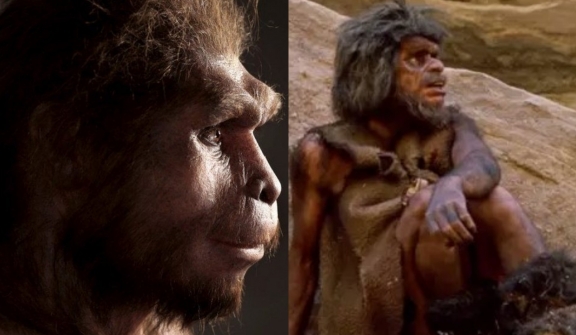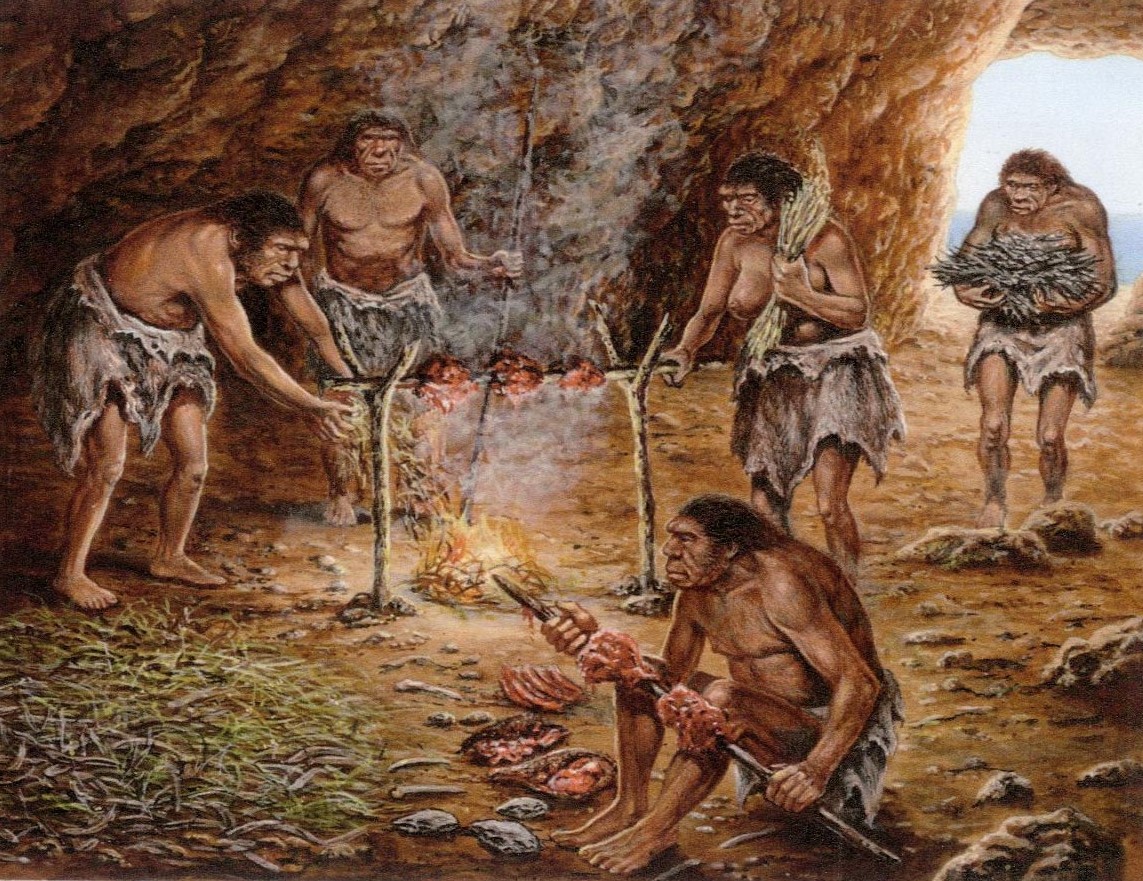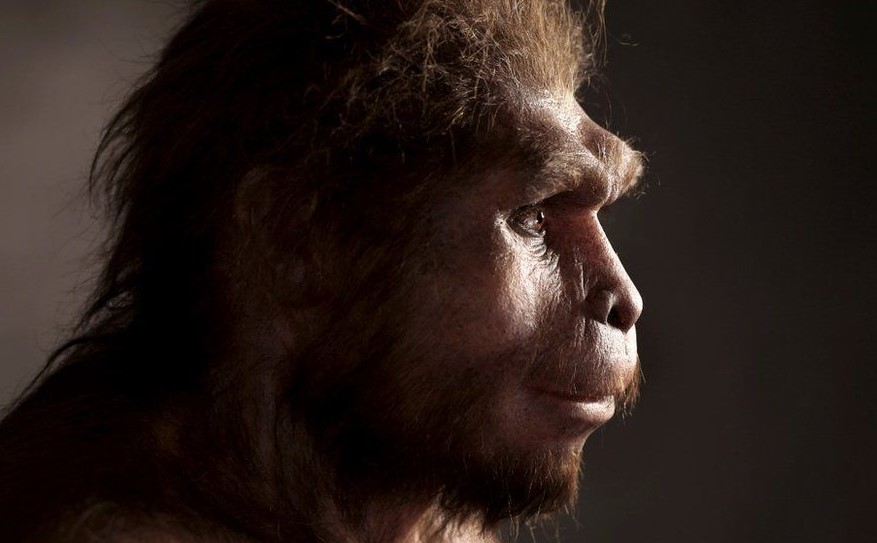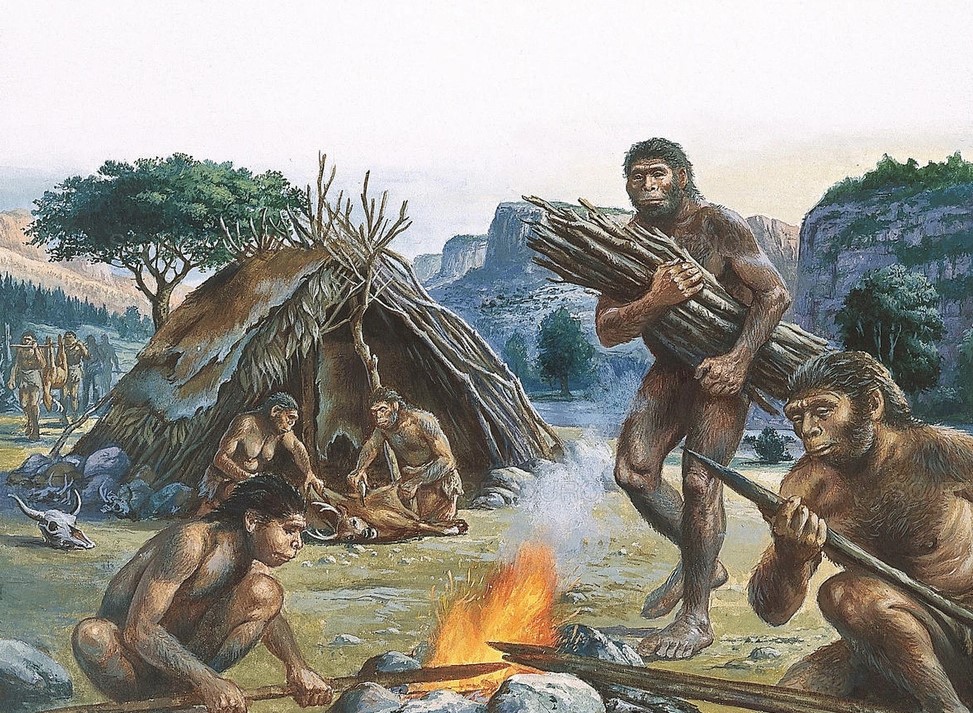
There is a remarkable milestone in the history of humans known as the "ancestral bottleneck" which was mentioned as the most harrowing moment when humans nearly went extinct 800,000 years ago.

Although the accurate number of times humans have almost gone extinct still sparks debate, our ancestors faced multiple challenges throughout their existence, including natural disasters, disease outbreaks, and environmental changes.
However, humans have constantly had to adapt and overcome to survive.
Similarly, the near-extinction event 800,000 years ago was published in scientists' research in Science.
The study, which was conducted by researchers from the US, Italy, and China, suggests that around 800,000 years ago, the ancestors of humans were faced with the brink of extinction.

Known as the Early-Middle Pleistocene transition, this epoch was characterized by longer and more intense glacial periods.
During this time, Africa experienced long periods of drought, leading to decreased food sources and the extinction of various animal species.
As a result, the breeding population of our ancestors in Africa dropped to just 1,280 individuals, creating what is now referred to as an "ancestral bottleneck."
This bottleneck lasted for 117,000 years, during which time experts estimated that 98.7% of human genetic diversity was lost.

This explains the gap in fossil records between 950,000 and 650,000 years ago in both Africa and Eurasia.
Climate change is a major factor in several of the possible explanations for the near-extinction of human events.
After being pushed to the brink of extinction, 813,000 years ago, the population of prehistoric humans began to grow rapidly. However, the method ancient humans developed again remains unknown.
It is said that throughout history, humans have shown incredible resilience and resourcefulness in the face of adversity.

For example, during the Toba catastrophe, it's believed that humans sought refuge in caves and developed new hunting techniques to survive the harsh conditions.
During the Black Death, people learned about sanitation and hygiene, leading to improved living conditions and a decrease in disease outbreaks.
These specific timelines show the frequency and severity of near-extinction events for humans, playing the most significant role in our ancestor history:
900,000 years ago: "Ancestral bottleneck" reduced the human population to 1,280 individuals.
70,000 years ago: Supervolcano eruption leads to global cooling and famine spreading.
50,000 years ago: The Toba catastrophe caused the severe ice age.14th century Black Death: Wipes out one-third of the European population.
1962: The Cuban Missile Crisis brings the world to the brink of nuclear war.




